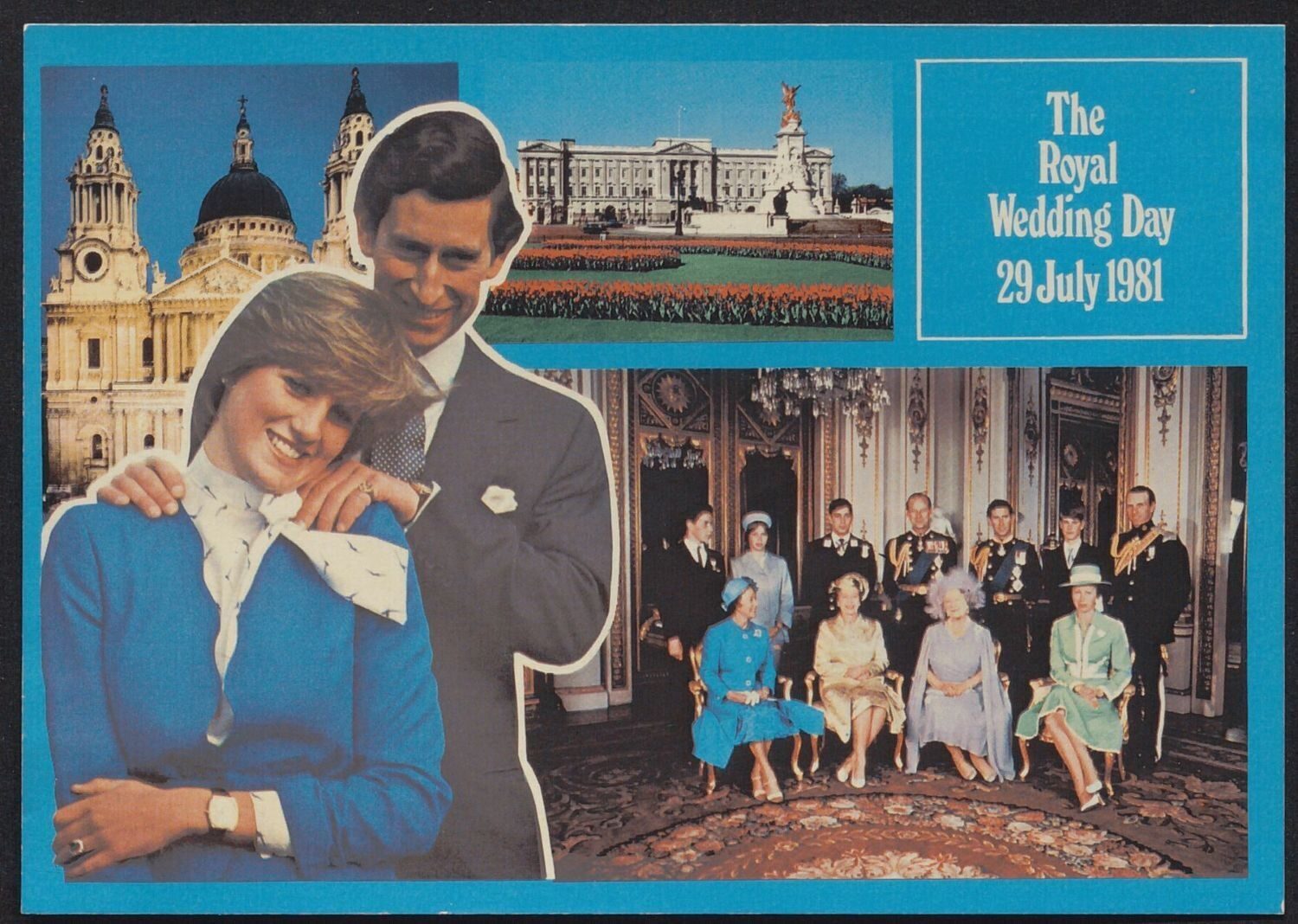Yes to the dress? "The wedding of the century" 40 years on
It has been over 40 years since the wedding of Prince Charles to Lady Diana Spencer at St Paul’s Cathedral on 29th July 1981.
1981 also holds extra significance for us here at AM as it is the date of the relaunch of Mass Observation by David Pocock and Dorothy Sheridan through the Mass Observation Project. Earlier this year we published the second module of Mass Observation Project, 1981-2009, which provides digital access to the directives (questionnaires) sent to hundreds of observers, together with their responses.
The idea for a relaunch had arisen in 1977, but the organisers decided that the Royal wedding was the ideal occasion upon which to recommence Mass Observation’s “anthropology of ourselves”. The first of the revived directives sent to Mass Observers read:
Dear Observer, We have had very mixed reports in anticipation of the Royal Wedding on 29 July and we have decided to conduct a Day Survey to assess the balance of feeling and I hope you will also be interested […] If the Royal Wedding does not affect your day that is just as important as if it does; whatever you are doing we would like to hear about it.
To mark the 40th anniversary of their parents’ wedding, Princes William and Harry loaned Diana’s wedding dress to be displayed at an exhibition at Kensington Palace, her former home. The dress, which was designed by David and Elizabeth Emanuel, has been described as “among the most famous in bridal history” by the organisers of the exhibition – but what was the response to it at the time, by the “ordinary” people writing to the Mass Observation Project?
The televised ceremony was watched by an estimated global audience of 750 million people (for context, it’s estimated that 600 million people watched the final of Euro 2016). A number of observers reference their experiences of watching the ceremony on either black and white or colour televisions, with some noting that they sourced a colour television specifically to watch the wedding. Aptly, the colour of Diana’s dress is a popular topic among respondents. Observer F193 approved of the ivory tone, writing “very few people can wear white and from a historical view it will keep its colour”, however, B45 describes speaking to others who declared “she should have stuck to the traditional white”.

Postcard from P1718's response to the 1981 Royal Wedding special directive © Mass Observation Archive Trustees. Further reproduction is prohibited without permission.
Responses to the wedding range from disapproval, through indifference, to complete admiration. Many observers seem to have had their imaginations entirely captured by the dress and other scenes from the day – B45 wrote that “the bride looked like the fairy princess of our childhood story books”; a sentiment echoed by S481, whose daughter adds that:
It’s every girl’s dream of her wedding day, being acted out for her. Everything’s perfect, a handsome prince, a lovely bride in a fairy-tale dress, and lots and lots of friends. The only real difference is, it’s bigger, but really it’s the same for us all.
Certainly, with its 25-foot train – the longest in royal wedding history – the dress, and wedding, were “bigger” in more ways than one. After the wedding in 1981, Diana’s dress, together with wedding presents for the couple, were exhibited at St James’s Palace.
A14 recalls visiting the exhibition, noting that “the showcase was far too small, and the train of the Princess’s dress was bunched-up, instead of being displayed to its full extent and beauty”. Hopefully, if A14 was to revisit the dress this year she would be more impressed.
For more information about Mass Observation Project, 1981-2009, including free trial access and price enquiries, please email us at info@amdigital.co.uk.
Recent posts

The blog highlights American Committee on Africa, module II's rich documentation of anti-apartheid activism, focusing on the National Peace Accord, global solidarity, and student-led divestment campaigns. It explores the pivotal role of universities, protests, and public education in pressuring institutions to divest from apartheid, shaping global attitudes toward social justice and reform.

This blog examines how primary sources can be used to trace the impact of young voices on society, particularly during pivotal voting reforms in the UK and the US. Explore materials that reveal insights into youth activism, intergenerational gaps, and societal perceptions, highlighting their interdisciplinary value for studying youth culture, activism, and girlhood across history.
